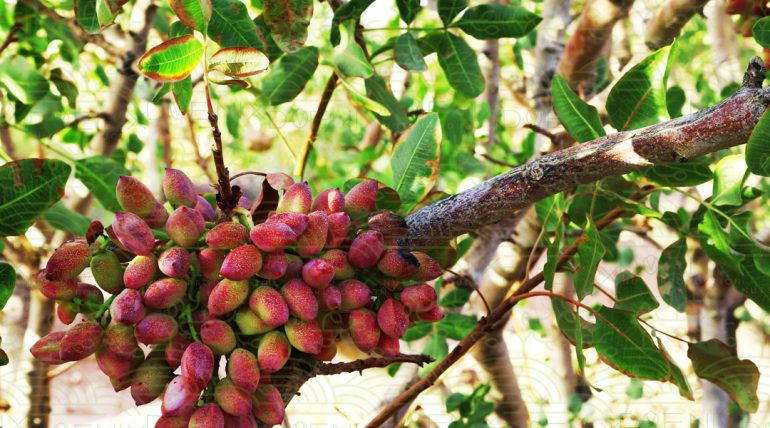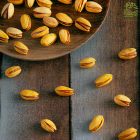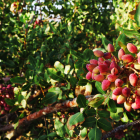History of Pistachio
Pistachio, this small tree originating from the Western Asia and Asia Minor; It cultivates in hot, dry soils in Iran, Lebanon, Palestine, Syria, Iraq. This popular seed has a lot of advocates all over the world. Its thought that the Pistachio tree domesticated and cultivated in Iran more than 3 or 4 thousand years ago. Pistachios still can be found in dry and hot locations
Iran and USA are the largest countries producing Pistachios. In 2019 they have produced 74 % of the world’s Pistachios. In addition, other countries such as Turkey and China are known as Pistachio producers. But the rest of countries are just consumers or their production is trivial; therefore they import Pistachio.
Botany of Pistachio
Among 11 species of the genus Pistacia, the only edible specie is the Pistachio of commerce. The Latin name of this type is Pistacia Vera L. Its the member of Anacardiaceae family. They are from cashew, mango, poison ivy and oak, pepper tree and sumac.
Pistachios are in the classification of drupes as the same as almonds and peaches. all drupes have three parts: an exocarp, a fleshy mesocarp and an endocarp that takes the seed. The tree loses its leaves in the Fall and it grows again in Spring.
Suitable Areas for the cultivation are the ones that have hot weather and dry soil and of course long Summer and moderate Winter; in this weather Pistachio tree can grow very well. The best weather for the growth is 2200-2800 heat.




